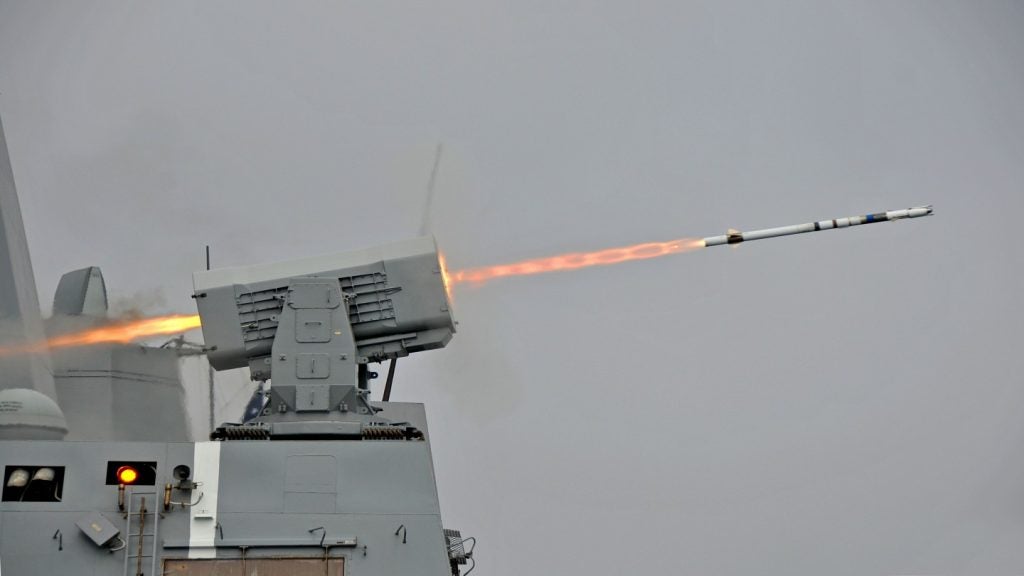
General Atomics Electromagnetic Systems (GA-EMS) has completed High Cycle Testing of its Advanced Arresting Gear (AAG) system for Ford-class aircraft carriers.
High Cycle Testing was conducted at Runway Arrested Landing Site (RALS) in Lakehurst, New Jersey, US on a single AAG system for two days in October last year.
It was carried out to verify and validate AAG System requirements and involved five F/A-18E/F Super Hornets to simulate the operational tempo of carrier flight operations at sea.
The AAG system is identical to the three systems aboard the USS Gerald R Ford (CVN 78).
GA-EMS president Scott Forney said: “Over and over again, in rapid succession, AAG sustained an aircraft arrestment rate of nearly one per minute, successfully testing the system’s capability to handle the recovery sequence required for combat readiness.
“Arresting aircraft at a high rate over a sustained period on the same wire is an aggressive test and shows the ability of the system to withstand extreme conditions.
How well do you really know your competitors?
Access the most comprehensive Company Profiles on the market, powered by GlobalData. Save hours of research. Gain competitive edge.

Thank you!
Your download email will arrive shortly
Not ready to buy yet? Download a free sample
We are confident about the unique quality of our Company Profiles. However, we want you to make the most beneficial decision for your business, so we offer a free sample that you can download by submitting the below form
By GlobalData“The Ford has the capability for an even higher operational tempo than demonstrated at the test site because it has three wires and clears aircraft from the flight path more efficiently.”
Test programme for the AAG system has completed more than 5,000 arrestments at the land-based test facilities at Joint Base McGuire-Dix-Lakehurst in New Jersey.
Additionally, 747 arrestments were concluded aboard CVN 78 during the initial sea trials of the ship.
The fleet air wing also received an Aircraft Recovery Bulletin from the navy. This cleared the AAG system for use on all Ford-class carriers.
The turbo-electric system AAG has been designed for controlled deceleration of aircraft and is installed onboard CVN 78 along with the GA-EMS Electromagnetic Aircraft Launch System (EMALS).
EMALS and AAG are also being delivered for the future John F Kennedy (CVN 79) and the Enterprise (CVN 80).







